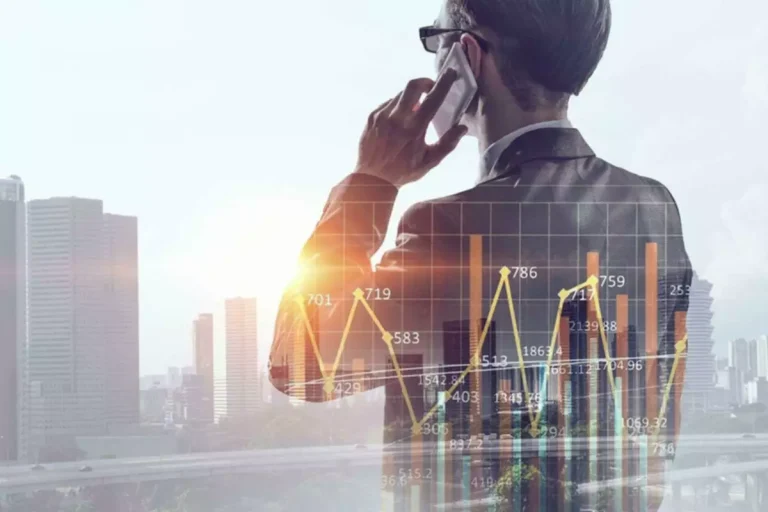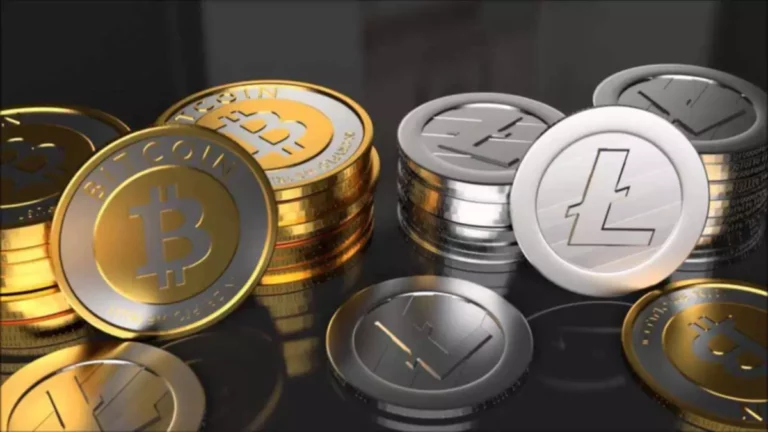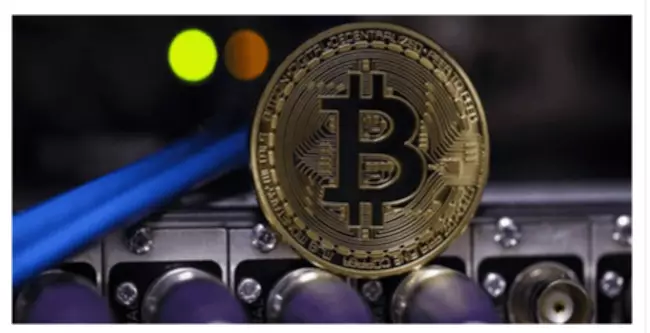This approach can align the interests of miners and users, ensuring the long-term security and viability of the blockchain. Buterin has since made headlines by giving away huge amounts of the cryptocurrency. Last week he donated more than 50 trillion Shiba Inu tokens—at the time worth around $1 billion—to a COVID-19 relief fund in India.

The token burn event contributed to the increased scarcity of SHIB and its potential for a significant price increase in the future. The more coins a miner burns, the higher their chances of being selected to validate a block of transactions. This method contrasts proof-of-work (POW) and proof-of-stake (PoS), which prioritize mining power and stake in the network, respectively. Periodic token burns are like a well-timed jab, keeping inflation in check and preserving the project’s and its investors’ long-term prospects.
How Much to Invest in Crypto Every Month ?
It wasn’t until four years after the first mass coin burning that BNB began to rise considerably in value. So while BNB is now a pretty valuable coin, it certainly took some time for it to hit its exponential growth phase, despite the routine burns. While any coin can be burned, it’s not necessarily something everyone would want to do. Most individuals wish to either keep, sell, or stake their crypto, not remove it from circulation entirely. Instead, it’s usually coin developers who perform crypto burns, usually done in bulk. A number of popular crypto projects have burned mass amounts of coins, including Binance and Bitcoin Cash (we’ll get to why this is done a little later).

As projects recognize the benefits of token burns, they may adopt similar strategies, fostering a more sustainable and successful future for the entire industry. By committing to burn a certain amount of their native coins regularly, they aim to reduce its overall supply over time, potentially boosting its value. With the reduction of the total supply of a cryptocurrency, its scarcity increases. If demand remains constant or even grows, this heightened scarcity can lead to an increase in the token’s value. However, it’s essential to understand that while burning can influence a token’s value, it’s not the sole determinant.
Cons of Burning Crypto
DYdX has dozens of easy-to-read articles on essential topics like setting up a crypto wallet and reading blockchain addresses before sending a transaction. Also, head to dYdX’s blog to get what does burning crypto mean the latest updates about our protocol nd learn more about our products. In conclusion, understanding the concept of token burn is crucial for investors who want to maximize their returns.

As the token value and market perception improve, other projects or organizations may take notice, opening doors for growth and expansion through collaboration or integration. Cryptocurrency tokens are notorious for their volatile price swings. The price of Shiba Inu plummeted after Buterin’s transfer to the India COVID-Crypto Relief Fund last Wednesday.
Key Takeaways
Burning cryptocurrency means permanently taking a digital asset, such as Bitcoin (BTC) or Ethereum (ETH), out of circulation. Because cryptocurrencies aren’t tangible, people can’t literally light them with a match, but the process is equivalent to tossing dollar bills in a fire. Once a cryptocurrency is “burned,” nobody can buy, trade, or transfer it.
As previously mentioned, Ethereum recently did a huge upgrade to its crypto (or at least the start of one) and, to achieve this, carried out a massive transaction. The network covered the cost of this transaction or upgrade by burning some of its excess cryptocurrency. The upgrade takes place as a transaction and needs to burn some coins to execute. While Binance continuously burns coins in bulk, it took a while for things to start paying off in terms of value.
Curated Extinction: Token Burning for Art
Essentially, all of this burning activity keeps the network agile, and participants are rewarded for their activities (both burning their coins and the coins of others). Coin burning can generally be classified into two distinct categories, integrated at the protocol level or implemented as an economic policy. Use our list of all cryptocurrencies to see their prices in Canadian Dollars (CAD). Coinbrary’s mission is to provide you with the latest news & advice on Bitcoin and cryptocurrency and tips on personal finance generally to help you live your best life. Algorithmic stablecoins seek to overcome this by creating coins of stable value via control of the supply. While, in the case of Binance, their purpose for burning BNB is much different, making the platform a fairer place for people to trade.

In classical economics, the forces of supply (the availability of goods or services in a market) and demand (how many people want these goods or services) determine the fair value of an asset. If there’s more demand for a coin than supply on an exchange, its market price rises—but the opposite is true if supply increases without enough demand. Proof-of-Burn (PoB) is an algorithm that uses burning to help computers (called “nodes”) reach consensus on a decentralized blockchain network. In this model, nodes validating transactions must burn a percentage of their coin holdings to have a chance to verify new blocks on the payment ledger and receive rewards. Although PoB isn’t as mainstream as the Proof-of-Work (PoW) and Proof-of-Stake (PoS) consensus models, it combines elements from these systems in addition to its distinctive burning mechanism. PoB and PoS share a connection because both systems ask nodes to use the chain’s native cryptocurrency to verify blocks.
Why do coin burns happen?
One example of such networks is Ethereum, which uses EIP-1559 burning mechanism. Coin burning on its own doesn’t tell you whether a cryptocurrency is a good investment. By knowing how coin burning works, you can better understand the cryptocurrencies that use it. With proof of burn, crypto miners need to burn their own tokens to earn the right to mine new blocks of transactions.
- The information provided in this content by Coinpedia Academy is for general knowledge and educational purpose only.
- The main reason why coins are burnt is that they encourage long time commitment and time of project.
- By burning coins, projects can effectively remove them from circulation, thereby reducing the overall supply and potentially maintaining or increasing their value.
- For example, TRON (TRX) burns tokens every quarter to maintain scarcity and increase value over time.
If the demand for a cryptocurrency stays the same or increases as a project starts a token burn, basic economics dictates the market price will rise. However, if there’s insufficient demand https://www.xcritical.com/ for a cryptocurrency, it won’t become more valuable just because it’s a rare asset. In some cases, cryptocurrencies with an infinite supply rise in value solely due to the power of demand.
Why Are Crypto Coins Burned?
At its core, the process involves intentional and permanent removal of tokens from the available circulating supply. It is achieved by sending tokens to a specific cryptographic address, often referred to as the “burn address”. This address is unique in that it lacks a corresponding private key, ensuring that tokens sent there can never be moved or accessed by anyone. Burning crypto is a common practice, exercised by cryptocurrency platforms, that permanently removes tokens from circulation. By reducing the total supply of a coin, the hope is that the value of a specified digital asset will increase with market demand. It’s worth noting that some projects incorporate burning mechanisms directly into their smart contracts or utilize DeFi protocols designed explicitly for token burning purposes.
What is Token Burning?
One such example is that of Binance, the cryptocurrency exchange, which burns a certain amount of BNB on a quarterly basis. The company pledged that it would burn 20% of its profits in BNB each quarter, giving these tokens back to users of the platform, only under specific circumstances. A coin burn is the process of sending cryptocurrency to a wallet which no one has access to, taking it out of circulation, and effectively “burning” it. Like most things in the crypto world, coin gambling can certainly be a gamble.
For those who want to hold crypto in a portfolio, there is plenty to gain from coin burning. This is largely down to the fact that there is a high chance that the value of cryptos of which coins have been burned may increase over time. The loss of assets can be one disadvantage of coin burns, but there are several benefits as well. The main one being that, although somewhat artificially, it can control the price of a crypto-asset, stopping either extreme inflation or deflation of a coin’s price.